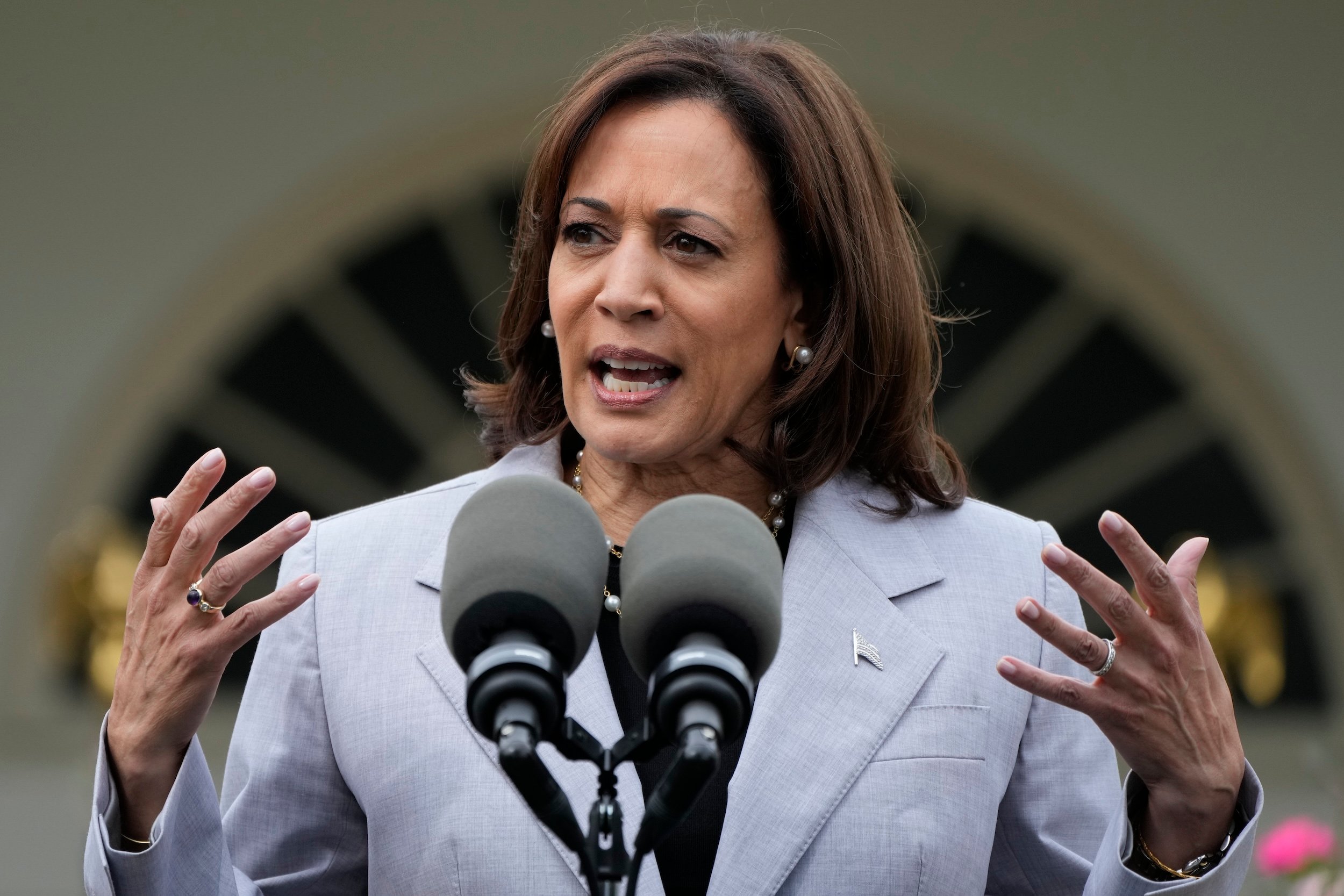Good morning, Bulletin readers. In another partnership with our friends at The Texas Tribune, we look at why it is misleading to focus solely on mental illness after mass shootings. (Debunking the link between video games and gun rampages is a little simpler, as shown here.)
Receive this daily news briefing by email every morning. Sign up here.
WHAT TO KNOW TODAY
NEW from THE TRACE: Mental healthcare is important. But blaming mass shootings on mental illness is misleading. Since the El Paso shooting, Texas Governor Greg Abbott has pointedly emphasized mental health solutions to the problem, a common reaction among Republican politicians. But multiple studies have found that the majority of mass shooters don’t have histories of psychotic disorders, and public health data shows that people with mental illness are more likely to be victims of violent crime than they are to hurt others. Critics argue that reflexively pinning mass murders on mental illness is really a way to avoid talking about other issues: namely, lax gun laws and the rising threat of violent white supremacy. Alain Stephens has the story, in partnership with The Texas Tribune.
Wayne LaPierre wanted the NRA to buy him a $6 million Dallas estate, sources say. The National Rifle Association did not move forward with the purchase, which very likely would have run afoul of nonprofit law. The Washington Post reports that LaPierre allegedly sought to buy the property in the wake of the Parkland shooting because he and his wife did not feel safe in their Northern Virginia home. The house hunting happened while the NRA faced a serious cash crunch. Internal discussions over acquiring the luxury property have drawn the scrutiny of New York Attorney General Letitia James, who is investigating whether the NRA violated its tax-exempt status by letting insiders use their positions to enrich themselves.
An NRA donor is suing the gun group for millions. David Dell’aquila, an IT entrepreneur from Tennessee, filed a class action suit in Nashville on Tuesday against the NRA, the gun group’s foundation, and LaPierre, accusing them of fraud in the solicitation of donations. Last month, Dell’aquila launched a campaign to force reform at the NRA by starving it of contributions.
Protesters greeted President Trump in Dayton and El Paso. During visits to the grief-stricken cities on Wednesday, the president met with some survivors as anti- and pro-Trump demonstrators squared off in the streets. In Dayton, he said there was no “political appetite” for an assault weapons ban, but added: “I’m looking to do background checks. I don’t want to put guns in the hands of mentally ill people.”
Gun reform activists demonstrated outside Mitch McConnell’s Kentucky office. With the U.S. Senate in recess, activists massed at the Senate majority leader’s Louisville field office on Tuesday night to ask him to take up a universal background check bill passed in February by the House. They were joined by a few Democratic state lawmakers. “We will not be ignored anymore,” said state Representative Charles Booker.
Washington, D.C.’s new red flag law is going unused. In the eight months since the District adopted it, there have been zero requests for extreme risk protection orders (ERPO), a Superior Court spokesperson said. By contrast, three months after neighboring Maryland adopted a red flag law last year, police had seized 148 firearms from potentially dangerous people. Local officials say the problem is that most D.C. residents don’t know it has its own ERPO policy.
Ebay users are circumventing the platform’s assault weapons ban. The auction site prohibits the sale of guns and assault weapons parts and components, but there’s a hitch: The policy includes only “products that mention capability with an assault weapon.” A seller who advertises parts by the caliber of ammo (“.223/5.56”) instead of the gun platform (“AR-15/M16”) can get around the ban.
Amnesty International issued a travel advisory for visitors to the U.S. Citing “ongoing rampant gun violence,” the London-based human rights organization warned visitors to be “wary of the ubiquity of firearms” and “avoid places where large numbers of people gather.”
The sound of a backfiring dirt bike set off a panic in Times Square. Hundreds of people fearing a mass shooter stampeded through the heart of New York City on Tuesday night, forcing their way into stores, restaurants, and theaters, bringing Broadway shows to a halt. It was a vivid illustration of how mass shootings are eroding our sense of security in public spaces, which could lead to less participation in communal life.
ONE LAST THING
Tales of heroism and courage amid tragedy. Mass shootings always bring stories of sadness, loss, and anger. Often they also include moments of bravery and compassion. Glendon Oakley Jr., a soldier stationed at Fort Bliss, was at Foot Locker in El Paso’s Cielo Vista Mall when he heard the gunfire on Saturday morning. He unholstered his Glock and followed employees out of the store, then came upon a dozen unsupervised children in a play area. “I didn’t even think. I just grabbed as many kids as I could,” he said. Meanwhile, inside the Walmart, Gilbert Serna, who’s worked at the store nearly half his life, hid about 150 people in a shipping container. Adria Gonzalez, a regular customer who works as an assistant teacher, led about 40 people into a storage area to escape the gunfire. The next day in Dayton, Camryn Crowder, who was near the gunman when the shooting began, pushed his girlfriend to the ground and shielded her from gunfire. He told The Dayton Daily News he “was just doing what I was supposed to do.”

